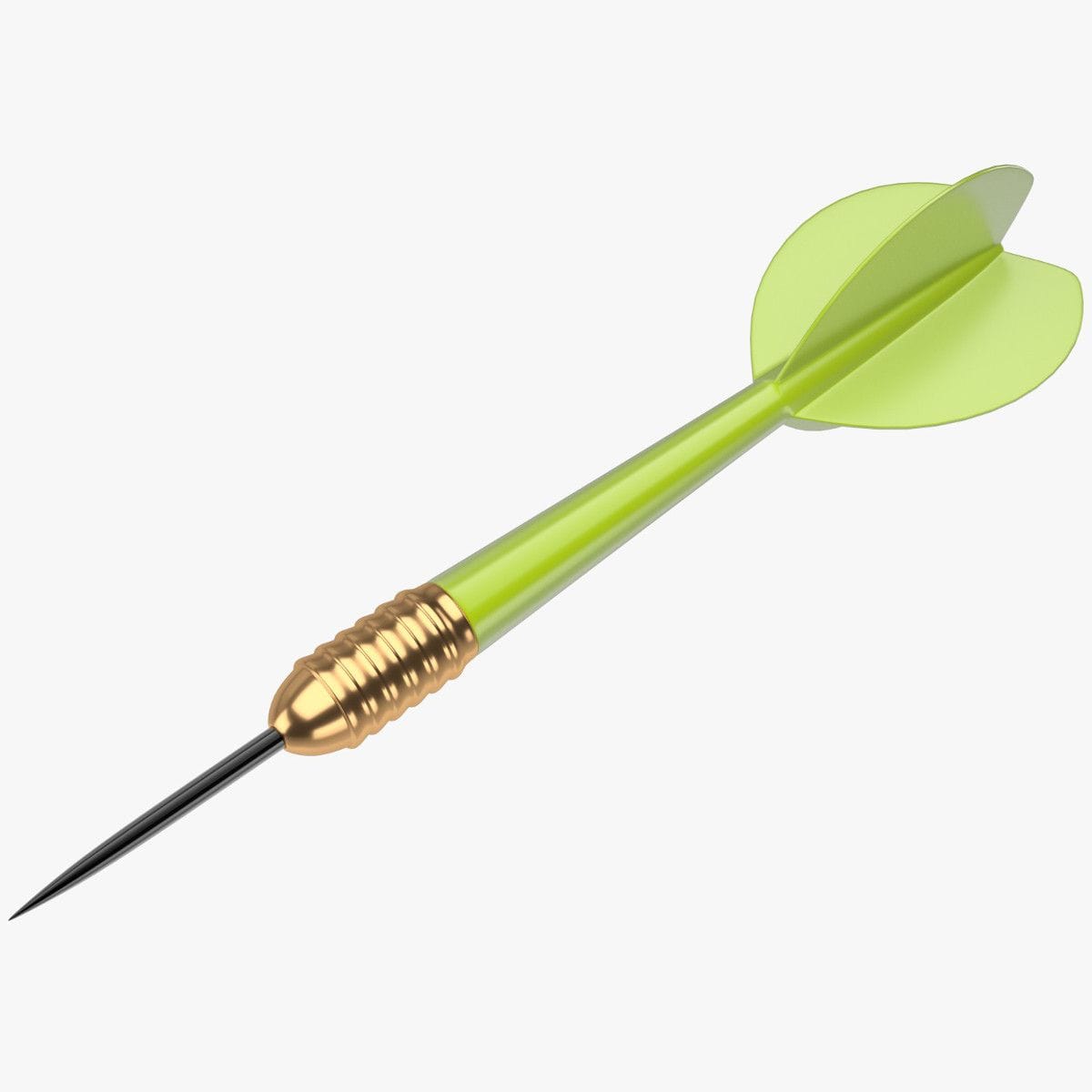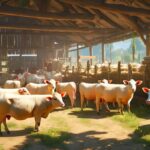Understanding Animal Tranquilizer Dart Guns
You’ve likely seen it in nature documentaries – a team cautiously approaches an animal, and whoosh – a dart flies through the air, hitting its target. That’s an animal tranquilizer dart gun in action. It’s a powerful tool that helps wildlife professionals keep animals safe and sound. Let’s break down how these dart guns actually work and why they’re so important in the field.
Think of animal tranquilizer dart guns like a super-specialized medical kit. Instead of bandages and antiseptic, they deliver carefully measured doses of medicine that help calm an animal down or, in some cases, induce temporary sleep. This is crucial when professionals need to get up close with an animal that might be scared, injured, or difficult to handle.
Components of a Tranquilizer Dart Gun
These aren’t your average toy guns! Animal tranquilizer dart guns are intricate and have several key parts:
- The Dart Gun: This is the mechanism that propels the dart. Some use air pressure, some use compressed gas, and others rely on a small gunpowder charge – like a really tiny, specialized shotgun! The type of gun depends on how far the dart needs to travel and the size of the animal.
- The Dart: Tranquilizer darts don’t use sharp, pointy needles. Instead, they have a hollow needle with a tiny chamber for the medication. Once the dart hits, the needle goes in just under the skin, and the medicine is released. It’s designed to be as painless as possible while working quickly.
- The Tranquilizer Drugs: This is where the science comes in. Wildlife experts meticulously choose the type and dosage of tranquilizer based on the animal’s size, age, and overall health. Some medications simply make the animal drowsy, while others can induce a short period of unconsciousness.
Responsible Use of Tranquilizer Guns
Just like prescription medicine for humans, tranquilizer dart guns are strictly for trained professionals. These experts undergo rigorous training to understand how to use the equipment safely and how to choose the right medications for different situations. Ethical treatment of animals is always the top priority.
Professionals prioritize:
- Minimizing Stress: Experts use special techniques to approach animals calmly and make the experience as stress-free as possible. They also monitor the animal closely after it receives the tranquilizer to ensure its well-being.
- Safety Protocols: Tranquilizer drugs are potent and carefully controlled. Trained professionals follow strict safety guidelines for handling, storage, and emergency response.
Why Tranquilizer Dart Guns Are Essential
Tranquilizer dart guns are essential for several reasons:
- Wildlife Population Management: Tranquilizer guns can be used to administer contraceptives to help control animal populations humanely in a controlled way.
- Scientific Research: By temporarily tranquilizing animals, researchers can safely attach tracking devices or collect blood and tissue samples to learn more about animal behavior, monitor their health, and protect endangered species.
- Medical Care: Tranquilizer dart guns allow vets to treat injuries, administer vaccines, and even perform surgery – all while the animal is safely sedated.
- Public Safety: In rare cases when wild animals wander into populated areas or pose a threat to humans, tranquilizer dart guns can be used to safely relocate them.
Types of Tranquilizer Guns
Tranquilizer guns, also called dart guns, are essential tools for wildlife management. They deliver sedatives or anesthetics to animals from a distance, allowing for safe handling and care.
Here are the main types of tranquilizer guns:
- Pneumatic Dart Guns: These guns use compressed air to propel the dart, much like a high-powered air rifle. They are a popular choice for short to medium-range darting.
- CO2 Dart Guns: Similar to pneumatic guns, CO2 dart guns use pre-filled CO2 cartridges to provide the force needed to fire the dart. They offer consistent power and are often preferred for their accuracy.
- Gunpowder Dart Guns: These guns use a small gunpowder charge to launch the dart, making them suitable for long-range immobilizations. Due to their increased power, they require additional safety precautions.
Each type of gun has its advantages and is selected based on the specific situation and the animal being darted.
How Tranquilizer Darts Work
The darts used in tranquilizer guns are specially designed to deliver medication effectively and humanely. Here’s a closer look at the process:
- Drug Preparation: A qualified veterinarian or wildlife biologist carefully selects the appropriate sedative or anesthetic and calculates the precise dosage based on the target animal’s species, size, age, and health condition.
- Dart Assembly: The chosen drug is loaded into the dart, which acts like a small syringe. The dart has a hollow needle at one end and a tail at the other to provide stability during flight.
- Darting the Animal: The dart is loaded into the gun, and the professional aims for a large muscle mass in the animal’s hindquarters. When fired, the dart penetrates the skin and muscle, injecting the drug.
- Drug Absorption: Once injected, the drug is absorbed into the animal’s bloodstream and travels to the brain, where it induces sedation or anesthesia.
- Monitoring and Recovery: The animal is closely monitored as the drug takes effect. Once the desired level of sedation is achieved, professionals can approach the animal safely to administer treatment, relocate it, or conduct research. The animal will eventually metabolize the drug and recover.
The Importance of Training and Safety
Using a tranquilizer dart gun is a serious responsibility. It requires specialized training and strict adherence to safety protocols. Professionals who use these tools undergo extensive training to:
- Understand Drug Effects: They learn about the different types of immobilizing drugs, their potential side effects, and how to calculate safe and effective dosages for various species.
- Master Darting Techniques: Accuracy is essential. Professionals practice their darting skills to ensure the dart hits the intended target area, maximizing drug effectiveness and minimizing animal stress.
- Handle Emergencies: They are trained to recognize and respond to any complications that may arise during or after darting, such as adverse drug reactions or injuries. They are also equipped with reversal agents to counteract the effects of the immobilizing drugs if necessary.
Are Tranquilizer Guns Real?
Yes, tranquilizer guns are very real and used in various fields:
- Wildlife Research: Researchers use them to safely study and tag animals in their natural habitat, contributing to conservation efforts.
- Animal Control: They are crucial for capturing and relocating lost, stray, or potentially dangerous animals, ensuring public safety.
- Veterinary Care: Tranquilizer guns allow veterinarians to treat injured or sick animals that would otherwise be difficult to handle safely.
- Emergency Situations: In extreme cases, they may be used as a last resort to de-escalate dangerous situations involving wildlife or even humans experiencing mental health crises.
Is There a Tranquilizer Gun for Dogs?
While tranquilizer dart guns are invaluable tools in various situations, they are not intended for use on domestic animals like dogs.
Here’s why:
- Dosage Sensitivity: Finding the correct tranquilizer dose for a dog is extremely challenging. Their size and breed can significantly influence how they metabolize medication, and even a slight miscalculation can have severe, even fatal, consequences.
- Unpredictable Reactions: Tranquilizers can affect dogs differently than they do wildlife. What might sedate one dog safely could cause respiratory or cardiac problems in another.
- Increased Stress: Being darted with a tranquilizer can be a stressful experience for dogs, especially those already anxious or fearful. The process can exacerbate their anxiety and potentially lead to behavioral issues.
If your dog exhibits anxiety or behavioral problems, consult your veterinarian. They can help identify the root cause and recommend safe and effective solutions, such as:
- Training and Behavior Modification: Positive reinforcement training can work wonders for dogs with anxiety, building their confidence and teaching them coping mechanisms.
- Medication: In some cases, your veterinarian may prescribe anti-anxiety medication specifically formulated for dogs. These medications are carefully dosed to manage anxiety without the risks associated with tranquilizers.
- Lifestyle Changes: Sometimes, simple adjustments to your dog’s environment or routine can make a big difference. This might include identifying and minimizing triggers, providing safe spaces, or enriching their daily activities.
The Future of Tranquilizer Dart Guns
The development of tranquilizer guns and immobilizing drugs is an ongoing process. Researchers and engineers constantly strive to:
- Enhance Drug Safety and Efficacy: They are actively researching new drugs that are safer for animals, have fewer side effects, and provide smoother, more predictable sedation.
- Improve Dart Gun Technology: Innovations in dart gun technology focus on accuracy, range, and ease of use. Some advancements include lighter-weight guns, more ergonomic designs, and improved dart delivery systems that minimize trauma to the animal.
- Explore Remote Drug Delivery Scientists are exploring innovative ways to administer tranquilizers from a distance, such as using drones equipped with dart-firing mechanisms. This technology holds promise for reaching animals in challenging terrains or dangerous situations more safely and efficiently.
Tranquilizer dart guns are an excellent example of how technology, when used responsibly, can be a powerful tool for wildlife conservation and animal welfare. These tools help us protect and care for animals in a way that benefits both wildlife and humans.
If you’re interested in learning more about how altitude affects wildlife or need tips on keeping your hiking boots fresh, check out our articles on altitude and antifungal shoe spray.
- Crypto Quotes’ Red Flags: Avoid Costly Mistakes - June 30, 2025
- Unlock Inspirational Crypto Quotes: Future Predictions - June 30, 2025
- Famous Bitcoin Quotes: A Deep Dive into Crypto’s History - June 30, 2025
















